LINK KYOTO
Latest content and event information
-
At a 100-year-old printing studio
Would you like to make your own T-shirt?
Students can take the lead role in creating T-shirts using photos they have taken themselves. In the workshop of a 100-year-old T-shirt printing company, they will experience full-scale production using DTF printing technology, and experience photo editing, layout, and printing. The completed T-shirts can be purchased later by distributing the 2D barcode on the e-commerce site to parents. The program also includes a lecture on the history and traditional craftsmanship of Fujiki Yuzen Mold Factory, providing students with an in-depth learning experience that combines culture and technology.
-
Enter a world of plants that shine at night, surrounded by light and sound
As the oldest public botanical garden in Japan, the Kyoto Prefectural Botanical Garden will celebrate its 100th anniversary in 2024 and will be open at night for a limited time, where visitors will be immersed in a mysterious otherworldly world of plants that are different from those seen during the day. Stepping into one of Japan's largest observation greenhouses, you will be greeted by a lush green space decorated with light, sound, set design and projections, and witness the brilliance of plants overflowing with vitality.
As you explore the four different zones, you can use all your senses to sense the breathing and whispering of the plants and the diverse expressions that emerge at night.
Come enjoy an immersive experience in a fantastical world of light and sound that will help you discover new fascination with plants and foster a connection with nature.
Kyoto Prefectural Botanical GardensMOMENT FACTORYKyoto experienceLINK KYOTOKyoto sightseeingKyoto culture
-
A stress-free and easy trip to the seaside town of Ine
The only public transportation from Amanohashidate to Ine is by bus.
There may be long lines in the morning.
The local bus route, which is a valuable means of transportation for local residents, stops at over 30 locations.
If you use the shuttle bus, you can easily go directly to Ine!
You can secure a seat, leave your large luggage in the trunk, and explore Ine!
moreoverA must-see for sightseeing in Ine: a sightseeing boat tour of Ine Bayis!
Take a sightseeing boat tour of Ine Bay and feel the slow pace of time passing.How about enjoying a stroll?
Combine this with the express bus (Tango Kairiku Kotsu Co., Ltd.) to Amanohashidate Station,You can visit Ine on a day trip.INEIneIne BoathousesShuttle busIne BayPleasure boatTouring Ine BayKYOTOLINK KYOTOKyoto sightseeingKyoto's Unique Venues
-
A city where the culture of geisha and maiko who provide heartfelt hospitality through their dancing and other traditional arts has been passed down for generations, and where Kyoto's traditional culture is carefully preserved."Glamorous district"Kyoto's entertainment district flourished as a major center of hospitality culture.
In the Kagai district, geisha and maiko have the spring and autumn performances as their one goal, but they also spend their days training in dance and other performing arts, as well as studying traditional culture such as the tea ceremony. The kimonos and other attire that complement them are supported by the skills of many artisans, including traditional craft artisans, hairdressers, and kimono dressers. In addition to events unique to the Kagai district, such as the opening ceremony, they also inherit seasonal customs and continue to cherish and protect Kyoto's traditional culture by participating in traditional Kyoto events such as the Jidai Matsuri.
Let's experience traditional culture at this valuable museum located in the entertainment district of Gion Kobu.
Hanamachi Art MuseumKyoto DanceKYOTOLink Kyotomaikogeishatraditional craftsLINK KYOTOKyoto tourism moralsKyoto sustainable tourismsustainablecarbon neutralKyoto sightseeingKyoto's Unique VenuesKyoto cultureEmpty-handed sightseeingEntertainment districttraditional culture
-
① Visit to the Silk Fabric Museum (time required: about 15 minutes)
The White Silk Fabric Museum is a museum specializing in white kimono fabrics. We exhibit about 50 types of white fabrics carefully selected from the 200 types and 3,000 patterns that Itoyuki has woven so far for post-dyeing (dyed kimono), where fabric is woven from raw silk and then dyed later. You can actually touch the white fabrics, which have various characteristics depending on the production area and type of thread, and see their texture and beautiful luster. We will introduce the process of making one bolt of white fabric, including cocoon production by domestic silkworm farmers and information on the amount of cocoons needed for a kimono.
② "Handloom" Experience (Time required: approx. 15 minutes)
Our in-house instructor will demonstrate the handloom weaving process and explain how the warp and weft threads work. Afterwards, you can enjoy the experience of weaving using a handloom.
3. Kinsai Yuzen Workshop (Time required: approx. 1 hour 30 minutes)
Enjoy the experience of dyeing pure silk fabric, a high-quality material used in kimonos, with the Yuzen technique and finishing with gold leaf. Our in-house instructors will provide careful instruction, so even beginners can participate with confidence. The completed work will be framed and handed to you, so you can take it home as a keepsake.

Link KyotoKyoto experiencetraditional craftsLINK KYOTOKyoto sustainable tourismsustainableKyoto sightseeingKyoto culturetraditional culture
-
A long-established inn founded in 1912"Sumiya Ryokan"
The calm, sukiya-style building stands out in Sanjo Fuyacho, the heart of Kyoto. From the guest rooms and teahouse, you can enjoy the beautiful changes of the seasons in the courtyard.At the matcha experience at Sumiya Ryokan, you will be taught how to make and drink matcha, and you can try making it yourself or drink the matcha you made with your family or friends.You can have a fun time.
Sumiya Ryokan is also famous as a tea ceremony inn with deep ties to the Urasenke school. There are five tea rooms in the building, the most famous of which is Gyokutoan. It was named by the 14th head of the Urasenke school, Tantansai, after his predecessor, who was born in the year of the rabbit.
This plan is,Private plans for groupsFor those who are not comfortable sitting upright, we also have chair seats available. Please take this opportunity to come to Sumiya Ryokan.
The official website of Sumiya Ryokan can be found here
Private experiencePrivate ExperienceSumiya RyokanMatcha ExperienceKYOTOKyoto experienceTea ceremonylong-established storeMatchatea roomLINK KYOTOhistoryexperienceKyoto's Unique VenuesgenuineKyoto culturetraditional culture
-
"Tie-dye"It is a method of dyeing kimono that has been passed down in Japan for about 700 years.
By tying the fabric with thread and applying pressure, the fabric is dyed in a state where it is under pressure.
This is a traditional tie-dyeing technique called "makiage shibori," which creates patterns without the dye soaking through.
The way the pleats are gathered and the way the string is wrapped around the fabric will affect how the white background appears,
The skill comes into play in deciding which parts to dye.
You can choose from a wide range of 20 colors.
You will create a unique, one-of-a-kind piece of art just for you.
You can take your creations home with you.
experiencetaikenKYOTOLINK KYOTOhistoryexperienceKyoto's Unique VenuesKyoto culture
-
"Okazaki-an" is a Japanese-style mansion built by "Ueba Hide", a famous geisha in Kyoto, to live out the rest of her life with her husband "Shundo Koji", who was a producer at Toei, and their daughter "Takako".
It is a luxurious building with modern interior design and a Noh stage made entirely of cypress, which was rare at the time, and the windows offer a panoramic view of the torii gates of Heian Shrine and Mt. Daimonji.
This is a luxurious plan where you can enjoy a meal while watching a maiko perform on the Noh stage in this elegant setting.
Limited to one group per time slotSo, after your viewing, you can take commemorative photos, chat with the maiko, and have them all to yourself, which will surely be an unforgettable memory of your trip to Kyoto.
*This plan is a reservation by request. After you apply online, we will contact you by email after confirming with the operator whether or not the reservation can be made on the date you wish to make.
Japanese ResidenceOkazakianDance AppreciationOkazakiKYOTOLink KyotoKyoto experiencespecialmaikogeishaLINK KYOTOKyoto sightseeingKyoto's Unique VenuesgenuineKyoto culturetraditional culture
-
[Features of Matcha Inko "KOTOHA Fragrance and Tea Leaves"]
★Ingredient 100% matcha incense
The world's first fragrance made from 100% matcha!
★Upcycling discarded matcha
We use powdered green tea, which accumulates in air purifying filters and is not sold for consumption.
★You don't have to worry about health hazards caused by smoke
It heats without burning, so there is no smoke.
★Beautiful looking incense
You can choose from over 50 different wooden molds.
★Can be used repeatedly
Because it does not turn into ash after use,Can be used as an aroma stone.
* Aroma stones: Soak in aroma oil and enjoy the scent as it slowly evaporates.
UpcycleUJIMATCHAIncenseAromaexperienceKYOTOupcycleLink KyotoUjiMatchaLINK KYOTOexperienceKyoto's Unique Venues
-
The Kyoto Institute of Invention and Innovation has supported local industry and intellectual property for over 100 years since its founding in 1901. In this program, "Kyoto Invention Classroom," participants will have fun learning about the mechanisms of invention and the role of intellectual property, using topics ranging from historical inventions born in Kyoto to the latest technologies that support our daily lives.
This is an inquiry-based learning program that involves lectures and hands-on workshops, allowing children to ask themselves questions, seek answers, and grasp clues for solving future problems. It combines traditional wisdom with modern technology to foster creativity and multifaceted thinking.Field trips for adultsinventionEdisonWorkshopKyoto Institute of Invention and InnovationKyoto experienceLINK KYOTOsustainable


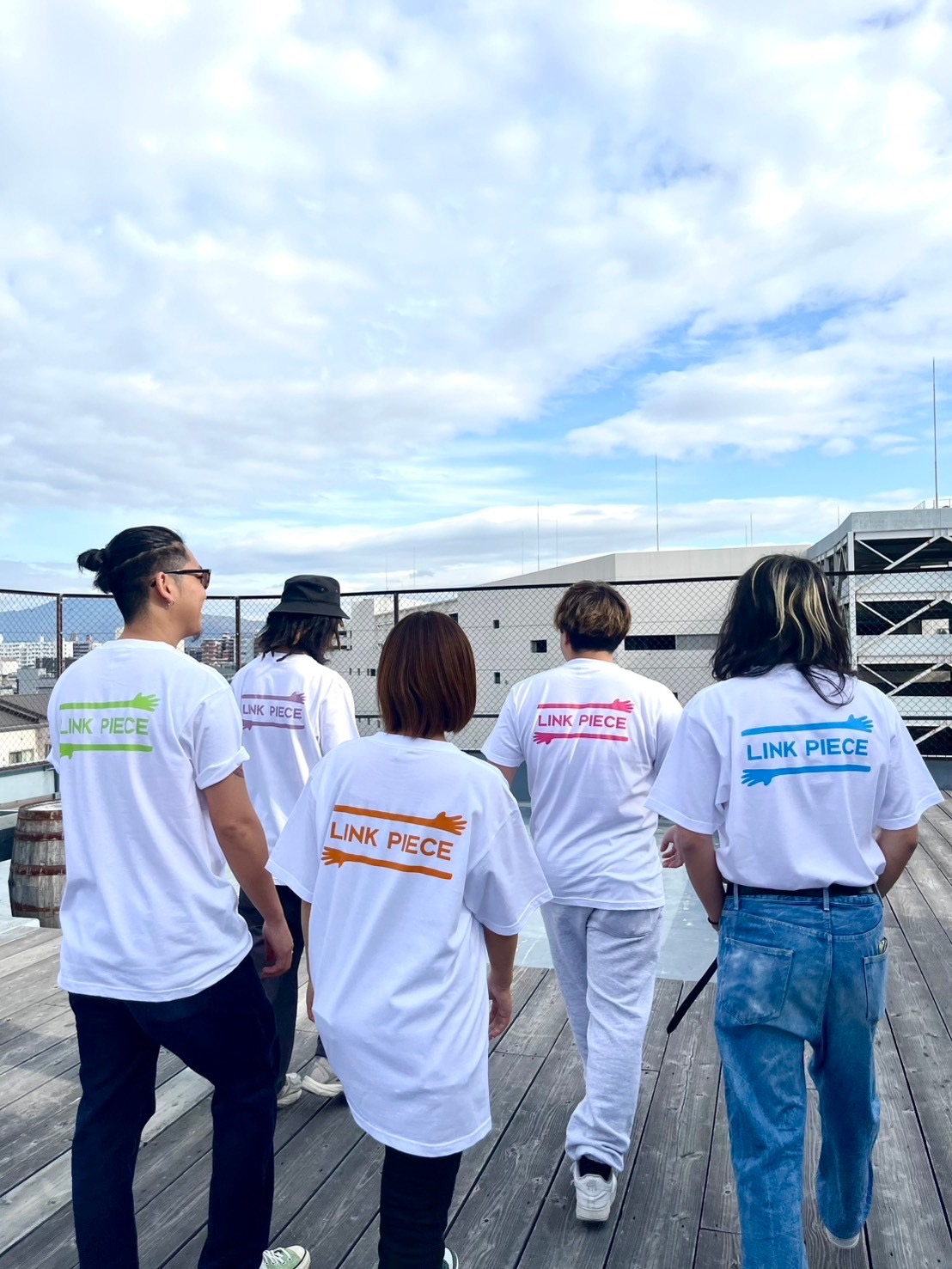
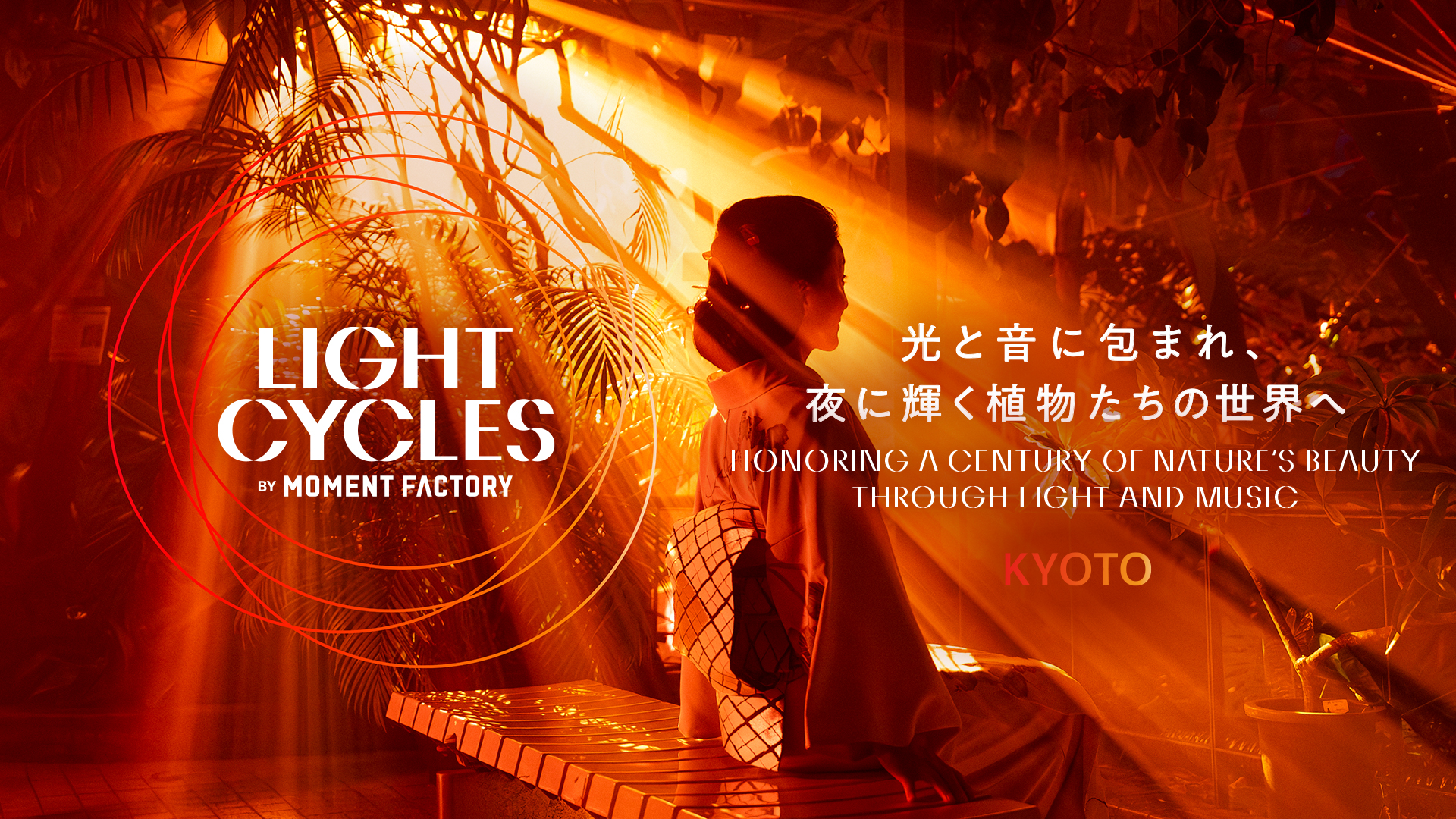
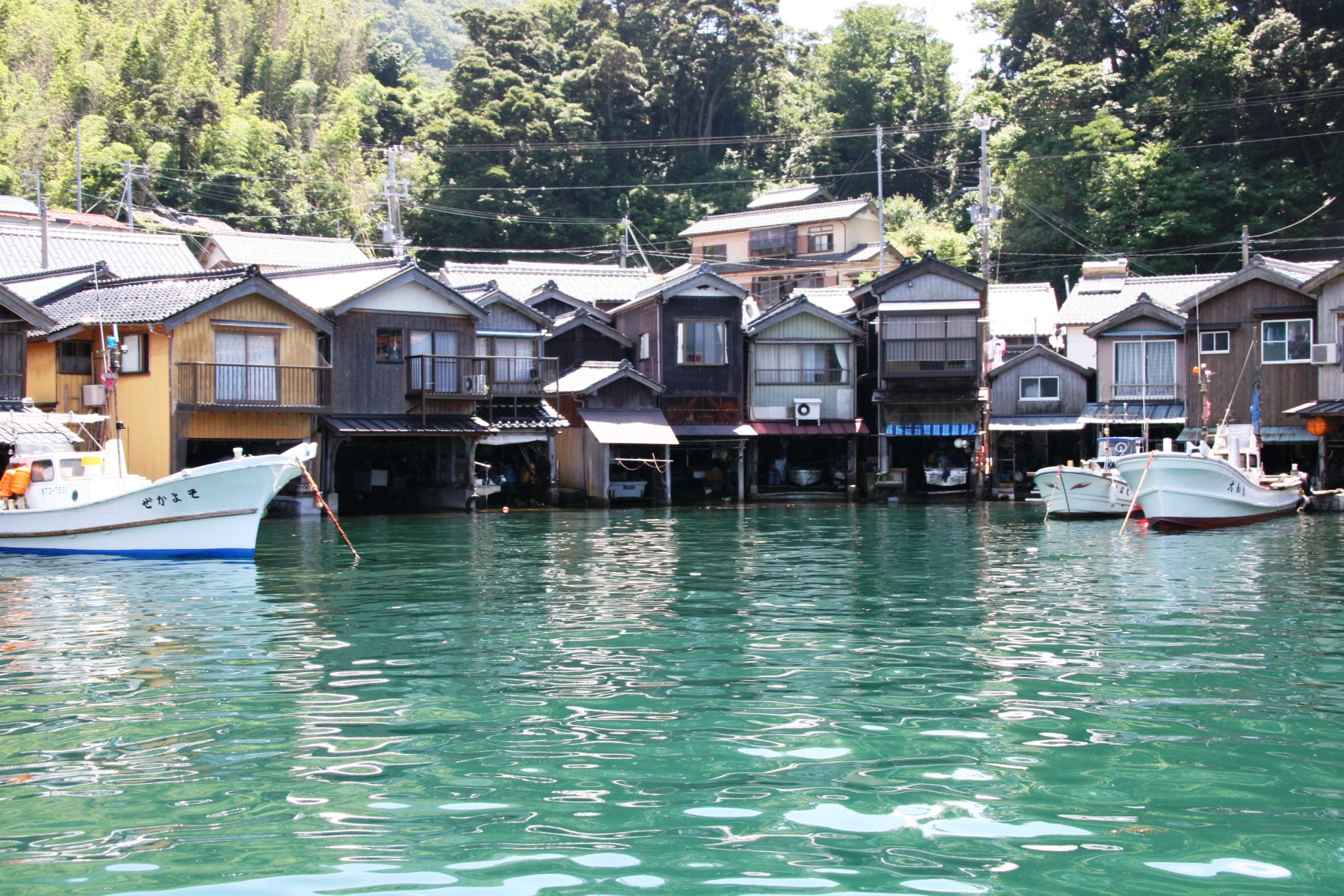
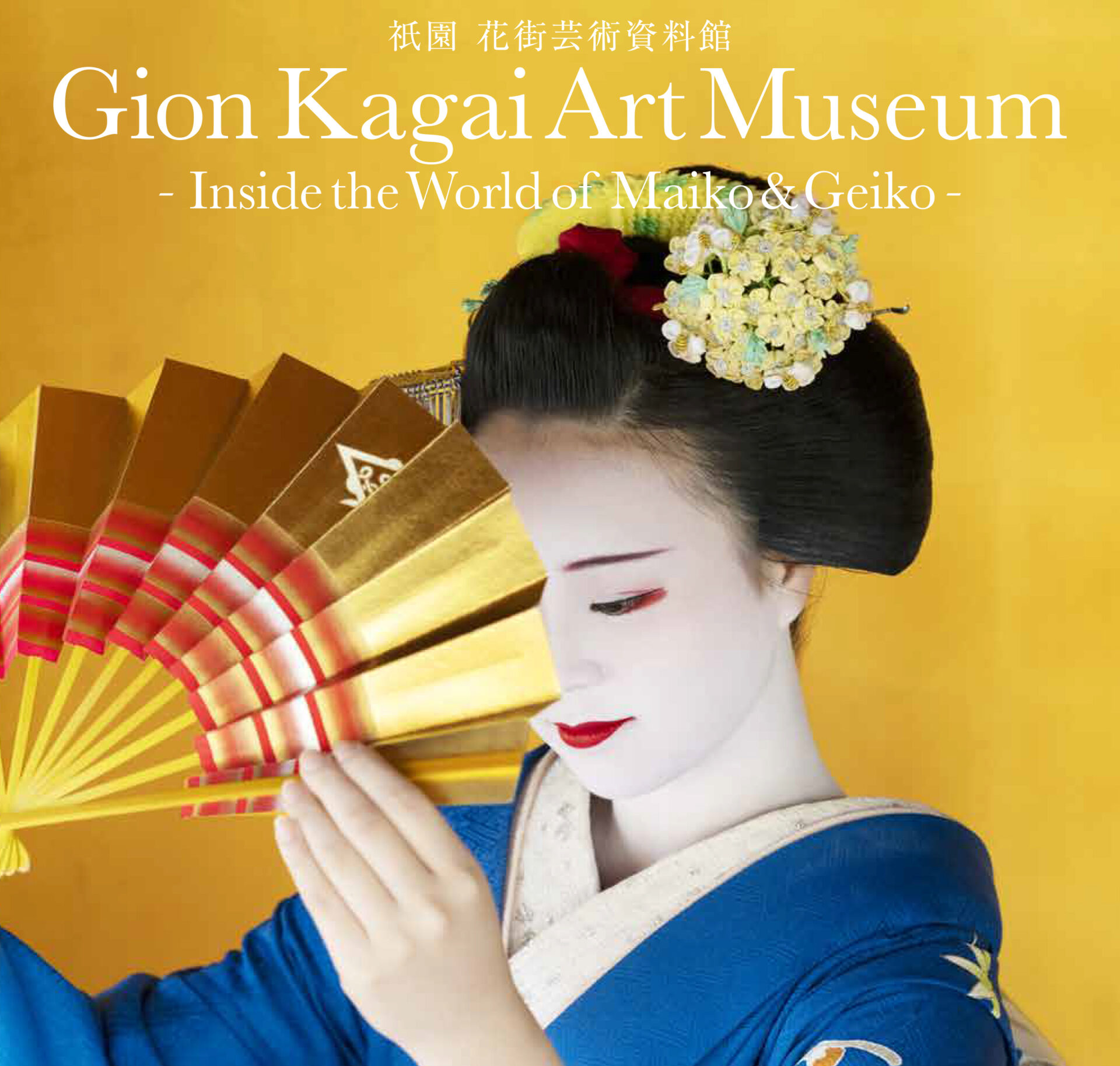

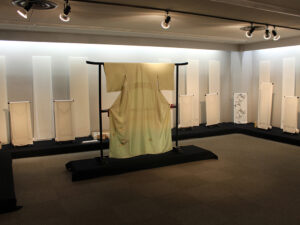
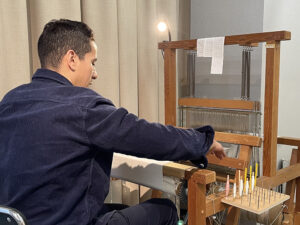

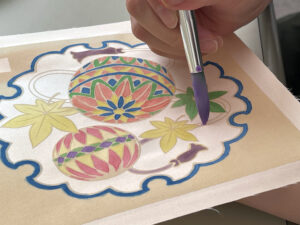
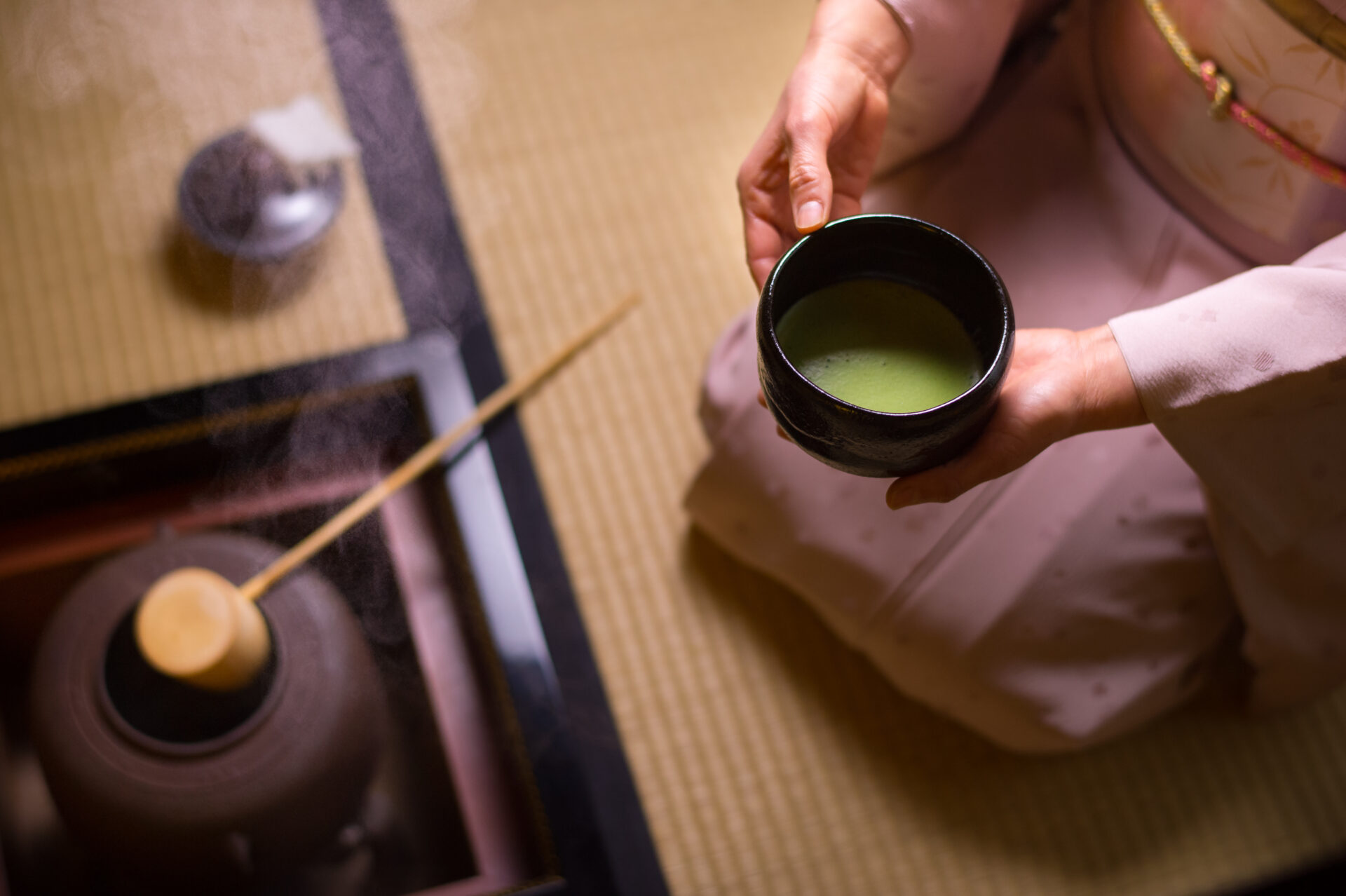
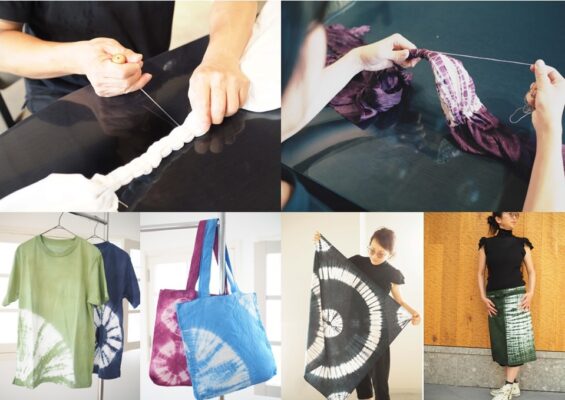
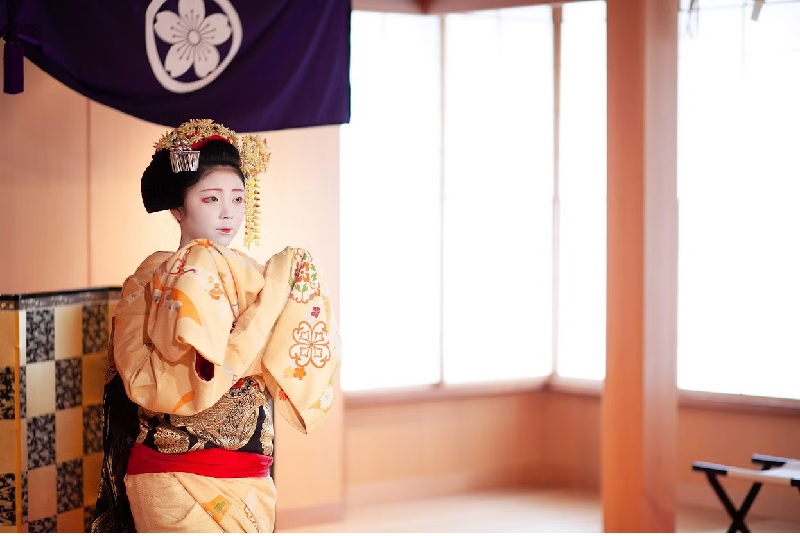

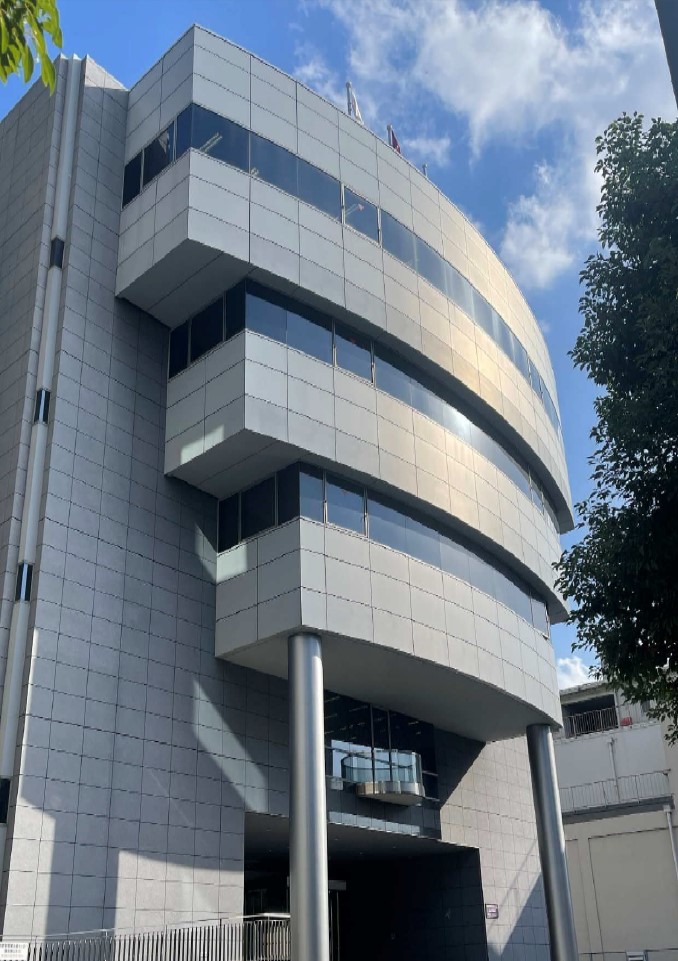
 Kyoto
experience
Kyoto
experience Contact us by phone
Contact us by phone Contact by email
Contact by email